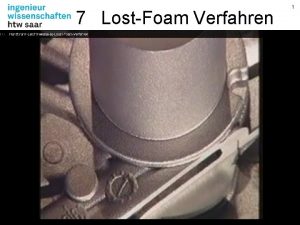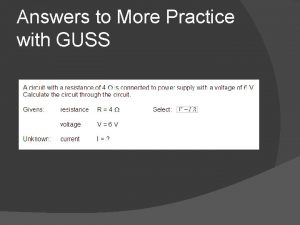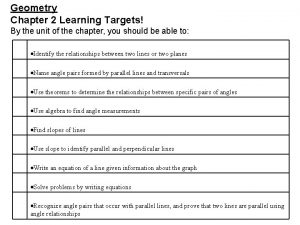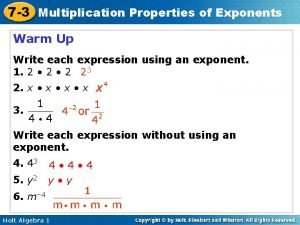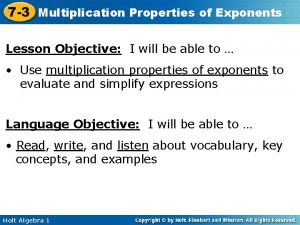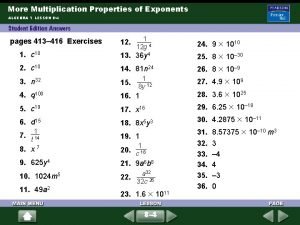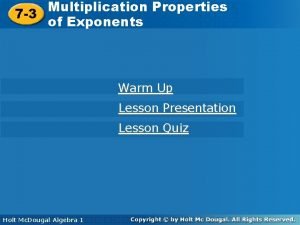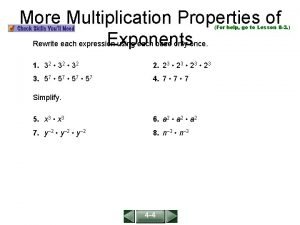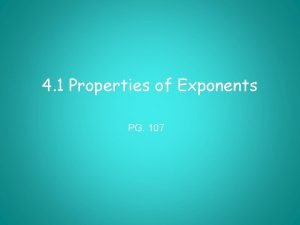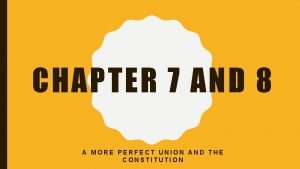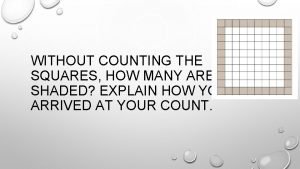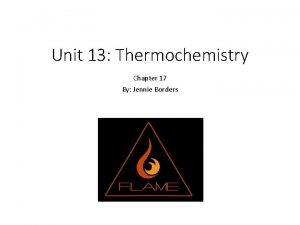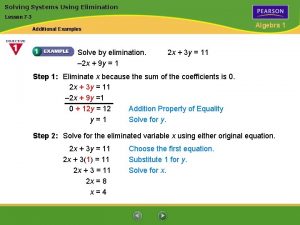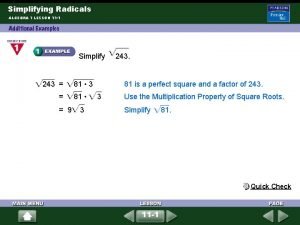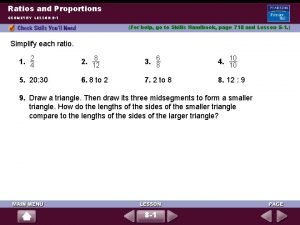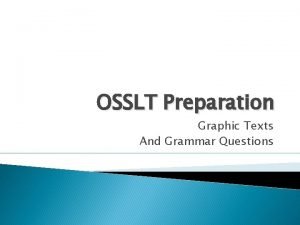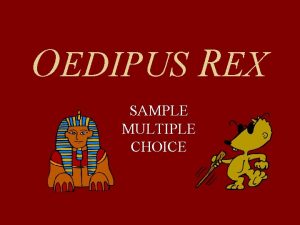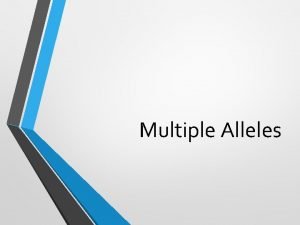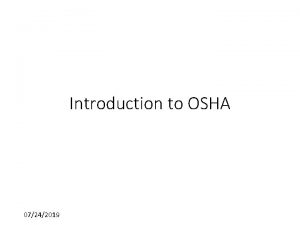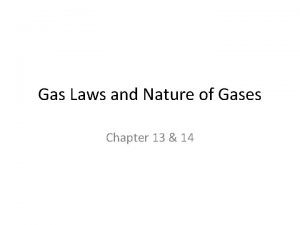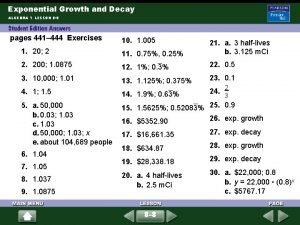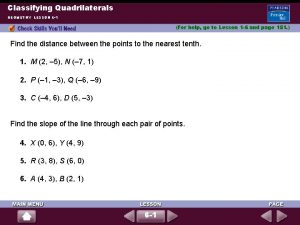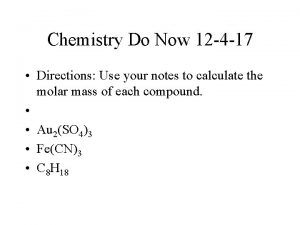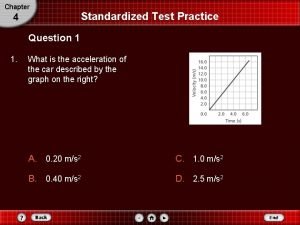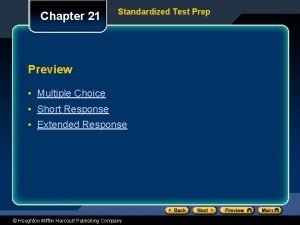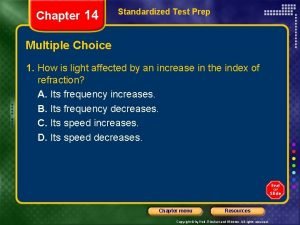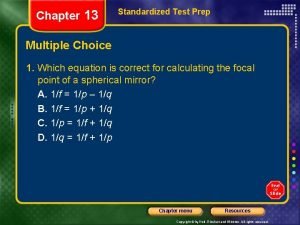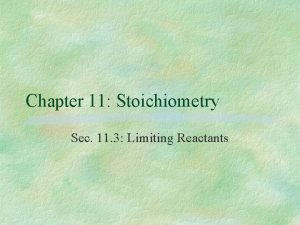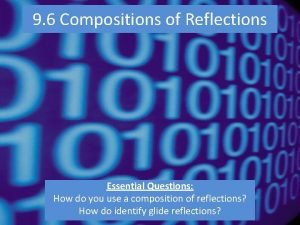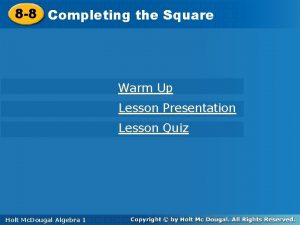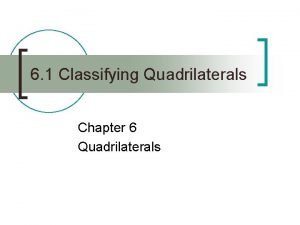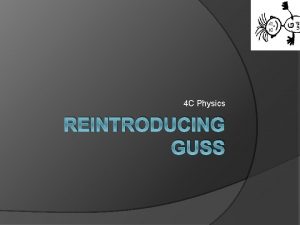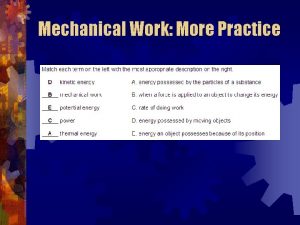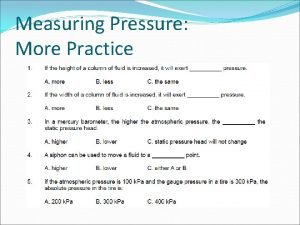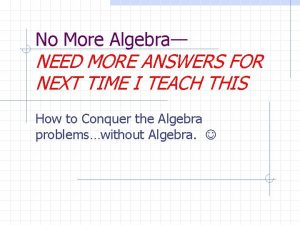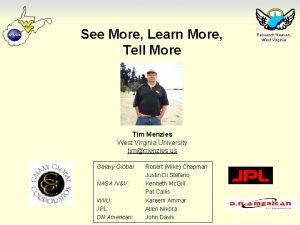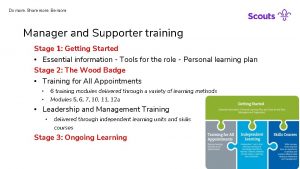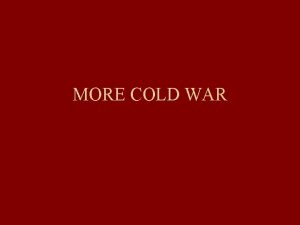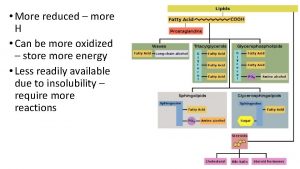Answers to More Practice with GUSS Answers to

















![Adding Scalars: Example Alex walks 2 m [North] and 1 m [South]. What is Adding Scalars: Example Alex walks 2 m [North] and 1 m [South]. What is](https://slidetodoc.com/presentation_image/ddec1a4197292dbf7f4331d3a391f0cd/image-18.jpg)
![Adding Scalars: Example Alex walks 2 m [North] and 1 m [South]. What is Adding Scalars: Example Alex walks 2 m [North] and 1 m [South]. What is](https://slidetodoc.com/presentation_image/ddec1a4197292dbf7f4331d3a391f0cd/image-19.jpg)

































- Slides: 52

Answers to More Practice with GUSS

Answers to More Practice with GUSS

Answers to More Practice with GUSS

Answers to More Practice with GUSS

Answers to More Practice with GUSS

Answers to More Practice with GUSS

Answers to More Practice with GUSS

Answers to More Practice with GUSS

Answers to More Practice with GUSS

Distance, Speed and Unit Conversions: Learning Goals The student will be able to solve simple problems involving one-dimensional average speed, distance, and elapsed time, using algebraic equations (B. 2. 6) The student will be able to use and convert between different numeric representations of quantitative data. (A 1. 12)

SPH 4 C DISTANCE, SPEED AND UNIT CONVERSIONS

Scalars A scalar quantity has magnitude (size) only.

Scalars A scalar quantity has magnitude (size) only. Examples of scalars: distance

Scalars A scalar quantity has magnitude (size) only. Examples of scalars: distance speed

Scalars A scalar quantity has magnitude (size) only. Examples of scalars: distance speed time

Scalars A scalar quantity has magnitude (size) only. Examples of scalars: distance speed time work, potential and kinetic energy

Scalars A scalar quantity has magnitude (size) only. Examples of scalars: distance speed time work, potential and kinetic energy voltage, current, and resistance etc.
![Adding Scalars Example Alex walks 2 m North and 1 m South What is Adding Scalars: Example Alex walks 2 m [North] and 1 m [South]. What is](https://slidetodoc.com/presentation_image/ddec1a4197292dbf7f4331d3a391f0cd/image-18.jpg)
Adding Scalars: Example Alex walks 2 m [North] and 1 m [South]. What is the total distance he walks?
![Adding Scalars Example Alex walks 2 m North and 1 m South What is Adding Scalars: Example Alex walks 2 m [North] and 1 m [South]. What is](https://slidetodoc.com/presentation_image/ddec1a4197292dbf7f4331d3a391f0cd/image-19.jpg)
Adding Scalars: Example Alex walks 2 m [North] and 1 m [South]. What is the total distance he walks? 2 m+1 m=3 m Distance is a scalar: direction doesn’t matter.

Average Speed Average speed is defined as the distance travelled per interval of time, or

Average Speed Average speed is defined as the distance travelled per interval of time, or

Average Speed Average speed is defined as the distance travelled per interval of time, or Speed will therefore have units of distance over time (typically m/s).

Finding Speed: An Example Matt runs 180 m in 0. 75 min. What is his average speed in m/s?

Finding Speed: An Example Matt runs 180 m in 0. 75 min. What is his average speed in m/s?

Unit conversion But what is 0. 75 minutes in seconds?

Unit conversion But what is 0. 75 minutes in seconds? To express a measurement in different units, we multiply the measurement by a conversion factor that is equal to 1.

Unit Conversions Since 1 minute = 60 seconds, The unit we want to cancel out goes in the denominator of the factor. The unit we want to get goes in the numerator.

Unit Conversions The unit we want to cancel out goes in the denominator of the factor. The unit we want to get goes in the numerator.

Finding Speed: An Example Matt runs 180 m in 0. 75 min. What is his average speed in m/s?

Finding Speed: An Example Matt runs 180 m in 0. 75 min. What is his average speed in m/s?

Finding Speed: An Example Matt runs 180 m in 0. 75 min. What is his average speed in m/s?

Finding Distance and Time The equation for average speed can be rearranged to solve for distance or time:

Finding Distance and Time The equation for average speed can be rearranged to solve for distance or time: solved for distance solved for time

Another Example If Megan is running at 4 m/s, how long will it take her to run a 5 km trail?

Another Example If Megan is running at 4 m/s, how long will it take her to run a 5 km trail?

Another Example If Megan is running at 4 m/s, how long will it take her to run a 5 km trail?

Another Example If Megan is running at 4 m/s, how long will it take her to run a 5 km trail? ? Does it make sense that it takes someone 1. 25 s to run 5 km?

Another Example If Megan is running at 4 m/s, how long will it take her to run a 5 km trail?

Another Example If Megan is running at 4 m/s, how long will it take her to run a 5 km trail?

Watch for those prefixes! A metric prefix may be used to indicate a unit that is some power of ten larger or smaller than the base unit.

Watch for those prefixes! A metric prefix may be used to indicate a unit that is some power of ten larger or smaller than the base unit. For example, 1 km =

Watch for those prefixes! A metric prefix may be used to indicate a unit that is some power of ten larger or smaller than the base unit. For example, 1 km = 1000 m or 1 × 103 m

All the Prefixes

Common Prefixes For example, 2 ms =

Common Prefixes For example, 2 ms = 2 × 10 -6 s Know how to enter this number in your calculator : (usually as either 2 EXP -6 or 2 EE -6 or 2 10 x -6).

Common Prefixes For example, 2 ms = 2 × 10 -6 s 2 ns =

Common Prefixes For example, 2 ms = 2 × 10 -6 s 2 ns = 2 × 10 -9 s

Common Prefixes For example, 2 ms = 2 × 10 -6 s 2 ns = 2 × 10 -9 s 20 ns =

Common Prefixes For example, 2 ms = 2 × 10 -6 s 2 ns = 2 × 10 -9 s 20 ns = 20 × 10 -9 s

Multiple Conversion Factors Finally, converting some units may require multiplying by more than one conversion factor.

Multiple Conversion Factors Finally, converting some units may require multiplying by more than one conversion factor. For example,

More Practice Please complete “More Practice with Distance, Speed, and Unit Conversion. ”
 Lirik lagu more more more we praise you
Lirik lagu more more more we praise you More more more i want more more more more we praise you
More more more i want more more more more we praise you Modelltraube
Modelltraube Geo guss
Geo guss Silbitz group
Silbitz group Geometry chapter 2
Geometry chapter 2 The more you take the more you leave behind
The more you take the more you leave behind The more you study the more you learn
The more you study the more you learn Aspire not to have more but to be more
Aspire not to have more but to be more Law of inertia example
Law of inertia example Knowing more remembering more
Knowing more remembering more More love to thee o lord
More love to thee o lord More choices more chances
More choices more chances Human history becomes more and more a race
Human history becomes more and more a race 7-3 more multiplication properties of exponents
7-3 more multiplication properties of exponents 7-3 practice b multiplication properties of exponents
7-3 practice b multiplication properties of exponents 7-3 practice more multiplication properties of exponents
7-3 practice more multiplication properties of exponents Let us practice
Let us practice 7-3 practice more multiplication properties of exponents
7-3 practice more multiplication properties of exponents Rewrite each expression using each base only once
Rewrite each expression using each base only once Product of powers
Product of powers Myeplg
Myeplg Chapter 7 a more perfect union test answers
Chapter 7 a more perfect union test answers Homework 1 points lines and planes
Homework 1 points lines and planes How many squares
How many squares Practice 10 6 volumes of pyramids and cones answers
Practice 10 6 volumes of pyramids and cones answers 11-3 surface areas of pyramids and cones answer key
11-3 surface areas of pyramids and cones answer key Chapter 17 thermochemistry practice problems answers
Chapter 17 thermochemistry practice problems answers Practice 7-3 solving systems using elimination answers
Practice 7-3 solving systems using elimination answers 11-2 simplifying radical expressions
11-2 simplifying radical expressions Practice 8-1 ratios and proportions answers
Practice 8-1 ratios and proportions answers Psychology principles in practice spencer a rathus pdf
Psychology principles in practice spencer a rathus pdf Osslt grammar practice
Osslt grammar practice Oedipus multiple choice questions
Oedipus multiple choice questions Blood type
Blood type Chemical formulas and chemical compounds chapter 7 review
Chemical formulas and chemical compounds chapter 7 review Topic 4 workers rights practice worksheet answer key
Topic 4 workers rights practice worksheet answer key Angles in inscribed quadrilaterals calculator
Angles in inscribed quadrilaterals calculator How to solve ideal gas law
How to solve ideal gas law Practice 8-1 exploring exponential models answers
Practice 8-1 exploring exponential models answers Lesson 6-1 classifying quadrilaterals answers
Lesson 6-1 classifying quadrilaterals answers 12-4 practice problems chemistry answers
12-4 practice problems chemistry answers 4 standardized test practice answer key
4 standardized test practice answer key A rock climber's shoe loosens a rock and her climbing buddy
A rock climber's shoe loosens a rock and her climbing buddy Test prep preview
Test prep preview Chapter 14 standardized test practice answers
Chapter 14 standardized test practice answers Chapter 13 standardized test prep answers
Chapter 13 standardized test prep answers Chapter 11 stoichiometry
Chapter 11 stoichiometry Ap lang test structure
Ap lang test structure 6-5 linear inequalities
6-5 linear inequalities Practice 9-6 compositions of reflections answers
Practice 9-6 compositions of reflections answers Lesson 8-8 practice a completing the square answers
Lesson 8-8 practice a completing the square answers Lesson 6-1 classifying quadrilaterals answers
Lesson 6-1 classifying quadrilaterals answers


